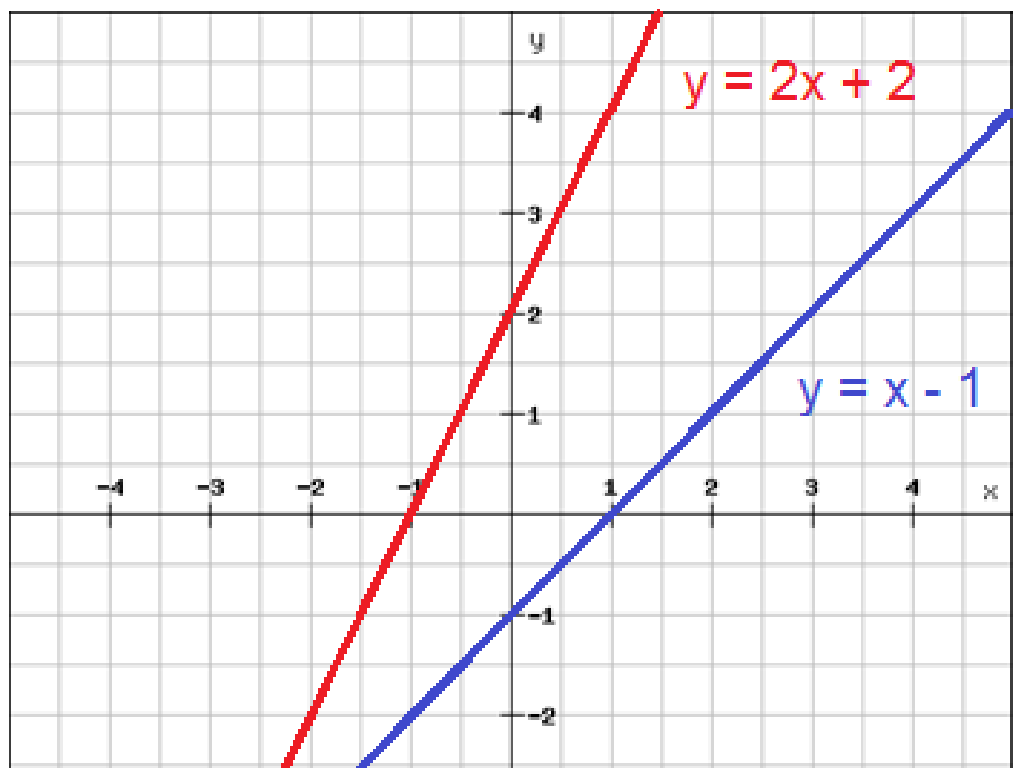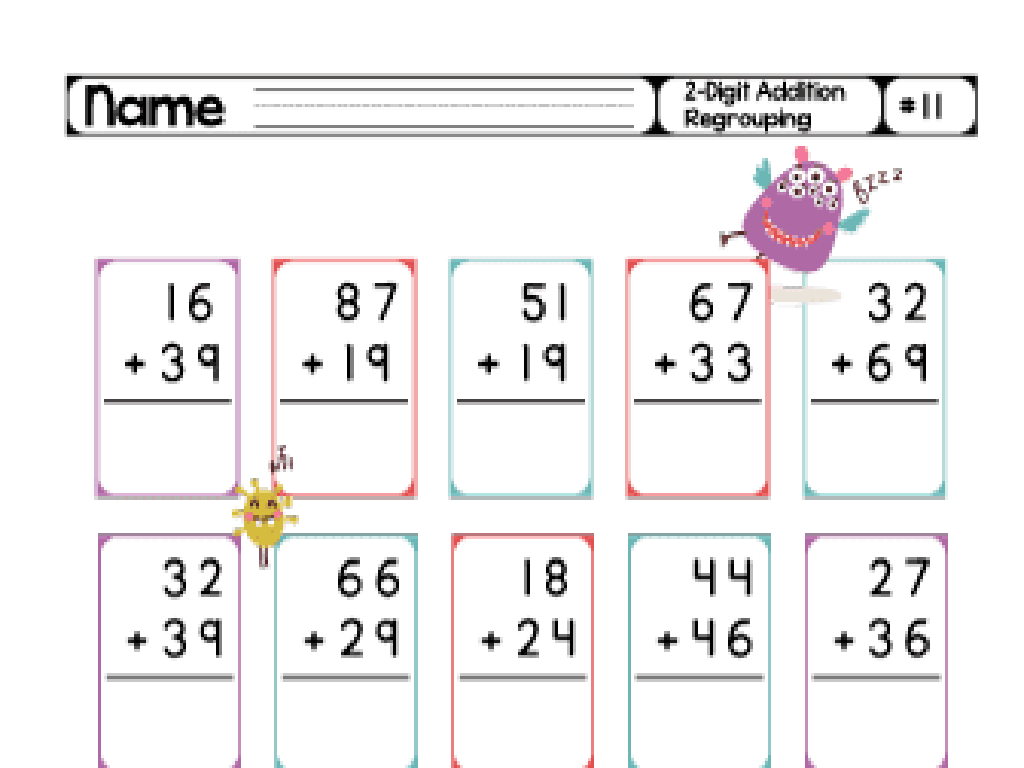Interpret Histograms
Subject: Math
Grade: Seventh grade
Topic: Data And Graphs
Please LOG IN to download the presentation. Access is available to registered users only.
View More Content
Understanding Histograms
– Define a Histogram
– A Histogram displays frequency of data within certain intervals.
– Explore Histogram usage
– Histograms show how often each different value in a set of data occurs.
– Importance in data interpretation
– They help us see patterns and make decisions based on data distribution.
– Comparing Histograms
– We can compare different sets of data to find similarities or differences.
|
This slide introduces histograms as a graphical representation of data distribution in intervals. It’s crucial to explain that histograms are different from bar graphs, as they deal with data ranges rather than individual data points. Emphasize the importance of histograms in various fields such as statistics, business, and science, where they are used to understand trends, patterns, and make informed decisions. Encourage students to think about how histograms can visually represent large sets of data in a comprehensible way. Provide examples of histograms using real-life data sets and ask students to compare them to identify key differences in data distribution.
Understanding Histograms
– Histogram: A type of bar graph
– Visual representation using bars to show data
– Shows frequency within ranges
– Bars indicate how often data falls into ranges
– Each bar represents a value interval
– Intervals are continuous, no gaps between bars
– Analyzing data distribution
|
A histogram is a graphical representation that organizes a group of data points into user-specified ranges. It differs from a bar graph in that it groups the values into continuous ranges. Each bar in a histogram represents the tabulated frequency at each interval/bin. When analyzing histograms, students should note the shape, center, and spread of the data which can provide insights into the distribution. Encourage students to look for patterns such as skewness or clusters and to think about what these patterns might mean in real-world terms. This slide will serve as an introduction to interpreting histograms, setting the foundation for more in-depth analysis in subsequent lessons.
Understanding Histogram Components
– X-axis: Intervals or ‘bins’
– Groups data into ranges, e.g., test scores in intervals of 10
– Y-axis: Frequency of data
– Shows how often data occurs within each bin
– Bars: Height indicates data count
– Taller bars mean more data points in that range
– Analyzing histogram shapes
– Overall pattern can suggest data trends and distribution
|
This slide introduces the basic components of a histogram, which is a type of bar graph used to represent the distribution of data. The x-axis, or horizontal axis, is divided into intervals known as ‘bins,’ which group the data into ranges. The y-axis, or vertical axis, shows the frequency of data within each bin. The height of the bars corresponds to the number of data points that fall into each bin, allowing us to quickly see which intervals have the most or least data. Encourage students to observe the shape of the histogram as it can provide insights into the data’s distribution, such as whether it is skewed to one side, has a single peak, or is uniform across bins. Have students practice by creating their own histograms with sample data to reinforce their understanding.
Creating a Histogram
– Collect and categorize data
– Gather data and divide into groups
– Determine range for bins
– Decide the interval each bin covers
– Tally data points per bin
– Count the number of occurrences in each bin
– Draw bars for bin frequencies
– Height of bar shows how many data points are in each bin
|
When creating a histogram, start by collecting data relevant to the topic and sort it into different categories or groups. Next, determine the range that each bin (or interval) on the histogram will cover; this helps in organizing the data points effectively. After deciding the ranges, count how many data points fall into each bin. Finally, represent this frequency by drawing bars for each bin on the graph, with the height of each bar corresponding to the number of data points it contains. This visual representation helps in understanding the distribution of data at a glance. Encourage students to think about why histograms are useful and what kind of information they can reveal about the data.
Reading Histograms
– Identify range and intervals on X-axis
– Range is the span of data; intervals divide this range into equal parts
– Determine frequency from Y-axis
– Frequency shows how often each interval occurs
– Analyze distribution shape
– Shape can indicate trends and patterns in data
– Practice with example histograms
– Use classroom histograms to apply these steps
|
This slide introduces students to the basics of interpreting histograms. Start by explaining that the range on the X-axis represents the span of data we are looking at, and the intervals are the divisions within that range. Then, move on to the Y-axis, which shows the frequency, or how many times data within each interval occurs. Discuss the importance of analyzing the shape of the distribution, as it can reveal trends such as normal distribution, skewness, or outliers. To solidify understanding, provide students with example histograms to practice identifying these elements. Encourage them to describe the shape and what it might tell us about the data. This activity will help them become more comfortable with histograms and prepare them for more complex data interpretation.
Comparing Histograms
– Histograms compare data sets
– Analyze shape, center, and spread
– Shape: symmetry, skewness. Center: median, mode. Spread: range, quartiles.
– Interpret differences
– Does one histogram have higher peaks, or is it wider?
– Discuss implications of variations
– Variations can indicate trends or patterns in the data being compared.
|
This slide aims to teach students how to use histograms to compare different data sets effectively. Students should understand that by examining the shape, they can determine the symmetry or skewness of the data distribution. The center points like median and mode provide a sense of the ‘middle’ of the data, while the spread, including range and quartiles, shows how far apart the data points are. Encourage students to think critically about what differences in these aspects might reveal about the data sets being compared. For example, a wider spread could indicate greater variability in a data set. Use real-world examples to illustrate these points, such as comparing test scores or heights of students.
Histograms in Real Life
– Histograms across various fields
– Used in meteorology, economics, health, etc.
– Decision-making with histograms
– Patterns in data guide important decisions
– Meteorology uses histograms
– Predict weather by analyzing climate data
– Analyzing data patterns
|
This slide aims to show students the practical applications of histograms in everyday life. Histograms are not just mathematical concepts but are powerful tools used in various fields to analyze and interpret large sets of data. For instance, meteorologists use histograms to visualize and predict weather patterns, which is crucial for preparing weather forecasts. Economists might use them to understand market trends, and healthcare professionals to track the spread of diseases. Encourage students to think of other areas where histograms could be useful and discuss how visual representation of data can simplify complex information and aid in decision-making processes.
Class Activity: Create Your Histogram
– Collect data on books read
– Determine bins for data range
– Bins group data into ranges, choose intervals that make sense for the number of books read
– Create a histogram with data
– Discuss findings as a class
– What does the histogram tell us about our reading habits?
|
This activity is designed to provide hands-on experience with histograms. Students will first gather data by surveying their classmates on the number of books they read the previous month. Next, they will determine appropriate bins or intervals for grouping the data, which is a critical step in accurately representing the distribution. After creating their histograms, students will discuss as a class what the histogram reveals about their collective reading habits. Possible discussion points include the most common range of books read, variations in reading habits, and any outliers. This activity will help solidify their understanding of how histograms function as a visual representation of data distribution.
Wrapping Up: Histograms & Your Homework
– Review histogram concepts
– Homework: Create your histogram
– Choose any dataset, make a histogram
– Find a dataset of interest
– Dataset can be daily temperatures, class test scores, etc.
– Present your histogram in class
– Explain your histogram’s data distribution
|
As we conclude, let’s recap the key aspects of histograms: they are graphical representations of data distribution, with bars indicating frequency of data in intervals. For homework, students are tasked to find a dataset that interests them, which could be related to hobbies, sports, or even daily occurrences like weather patterns. They will then create a histogram based on this data, ensuring they understand intervals and frequency. In the next class, students will present their histograms, explaining the distribution and insights they can gather from it. This exercise will reinforce their understanding and ability to interpret histograms, a crucial skill in data analysis.





